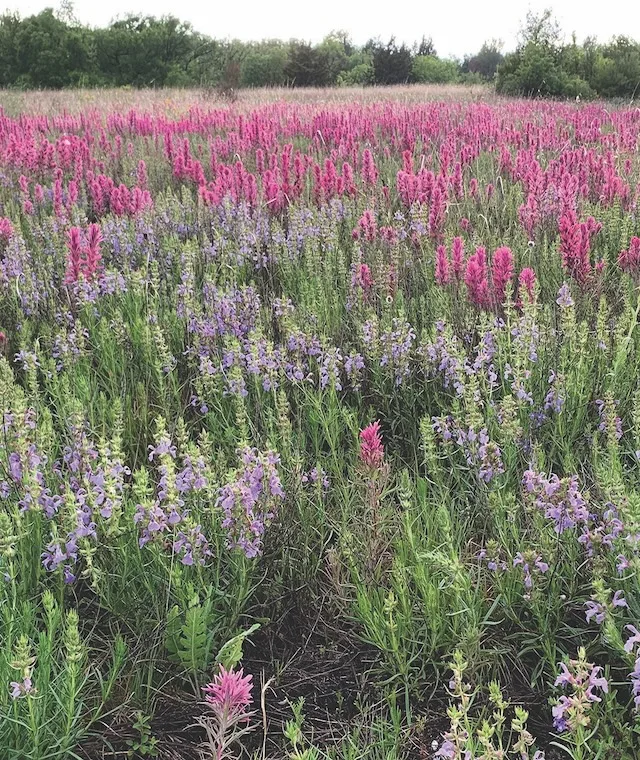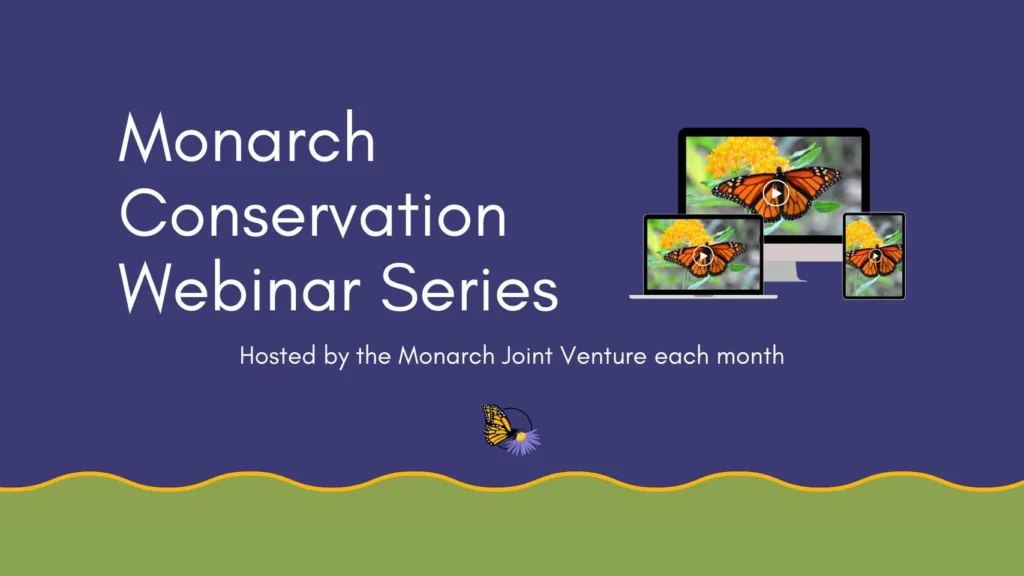February 6 @ 6:30 pm – 8:00 pm
Our presentation will be on “The Blackland Prairie Across Time” by George Diggs, an evolutionary biologist and botany professor at Austin College in Sherman. The Blackland Prairie, one of the major vegetational areas of Texas, has had an immense impact on the development of the state. The presentation will begin by looking briefly at what the Blackland Prairie is and where it occurs. The talk will then focus on why the Blackland Prairie exists, its fascinating soils, its surprising connections to the past, both ancient and more recent, and its future prospects. Such topics as ancient oceans, giant extinct animals, the role of fire, and the historical importance of cotton will be brought together to provide an understanding of the area on which we live.
We will be meeting at the Heard Museum in McKinney, or you can join virtually via Zoom. To join the meeting via Zoom – click here. The meeting opens at 6:30 pm with social time and testing of connections. At 7:00 we start with a short chapter update from our president, Rodney Thomas. Then the presentation begins about 7:15.
George Diggs is an evolutionary biologist and botanist who has taught for more than 40 years at Austin College in Sherman, and a Research Associate at the Botanical Research Institute of Texas. His research interests include the plants of Texas, evolution as it relates to human health, the systematics of the Ericaceae, and biogeography. He has co-authored four books, including The Ferns & Lycophytes of Texas, co-authored with Barney Lipscomb, and more than 30 scientific articles. In his research he has traveled to all seven continents. He helped found the Public Health program at Austin College and teaches Environmental and Evolutionary Health, including the impact of diet and toxins on human health.

Related Events
-
Dallas Chapter May 20, 2024 meeting. Native Bee Landscapes, with Laurel Treviño-Murphy
May 20 @ 6:30 pm – 8:30 pm -
Container Gardening with Keystone Plants presented by Krista De Cooke, Homegrown National Park – May 21
May 21 @ 1:00 pm – 2:00 pm




